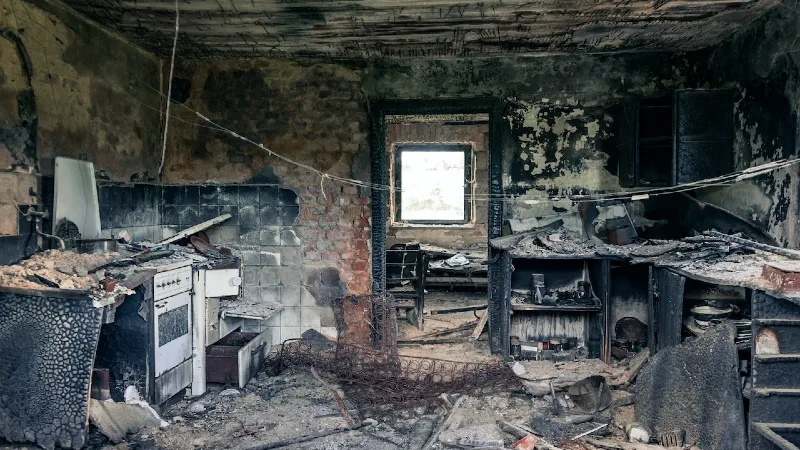Disclosure: This post may contain affiliate links, meaning we get a commission if you decide to make a purchase through our links, at no cost to you. Please read our disclosure for more info.
Broken out somewhere in homeowners insurance policies is the section highlighting discounts given for a variety of safety factors. Among them are the decision to install a security system or purchase a fire extinguisher to be stored in the kitchen.
One other discount provided by many insurers is out of the direct control of home dwellers but is at least as valuable: If you reside within a short distance of a fire hydrant, the insurer will reduce your premium on the premise that immediate access to water helps firefighters knock down a blaze that much sooner and curtails potential damage.
But what good is it to live near a fire hydrant if water only trickles out at the strength of a kitchen faucet? It’s why the town or city conducts a hydrant flow test periodically.
In This Post:
Why Reliable Hydrants Matter
Fire trucks deliver manpower and equipment to the scene of an emergency. Even when the vehicles’ tanks are fully loaded, the water that they carry to the scene will last for little more than the length of time it takes to hook hoses to the hydrants. If those hydrants can’t deliver sufficient water, then lives and property are at risk.
Setting the Standards
The National Fire Protection Association and the American Water Works Association are among those setting minimum requirements for performance. Ideally, a minimum pressure of 20 psi will register during a hydrant flow test using equipment that relies upon increasingly sophisticated software.
Low readings are indicative of problems such as leaking pipes below ground. Aside from conducting the hydrant flow test, inspectors also look for rust, stripped bolts and damage that may have occurred from being struck by vehicles.
The NFPA standard is to test all parts of the water delivery system at least once every five years. Fire crews open the hydrants more often during routine cruises through their precincts.

